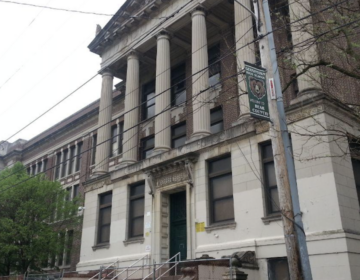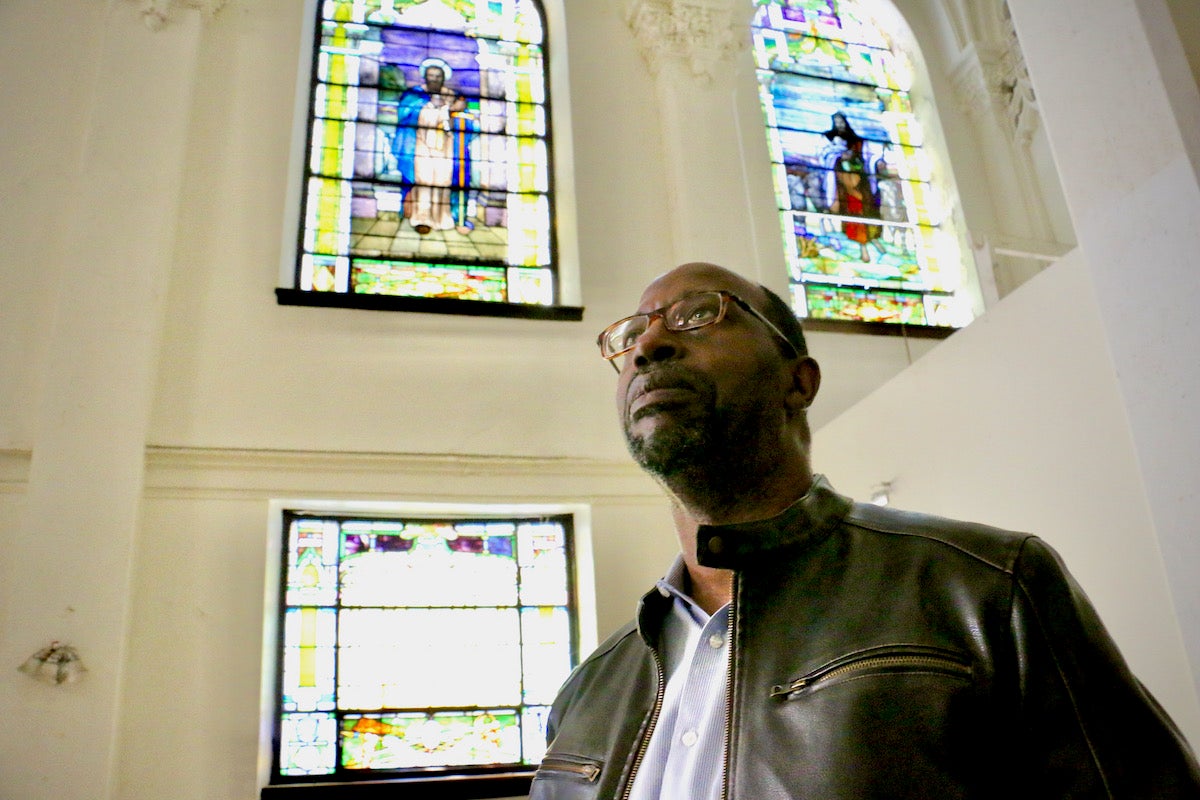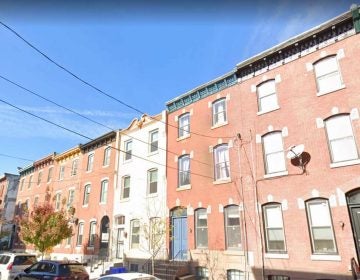Why Frankford residents supported Rite Aid’s plea to demolish a neighborhood icon
The Historical Commission unanimously approved Rite Aid’s plan to demolish the midcentury modern Penn Fruit landmark.
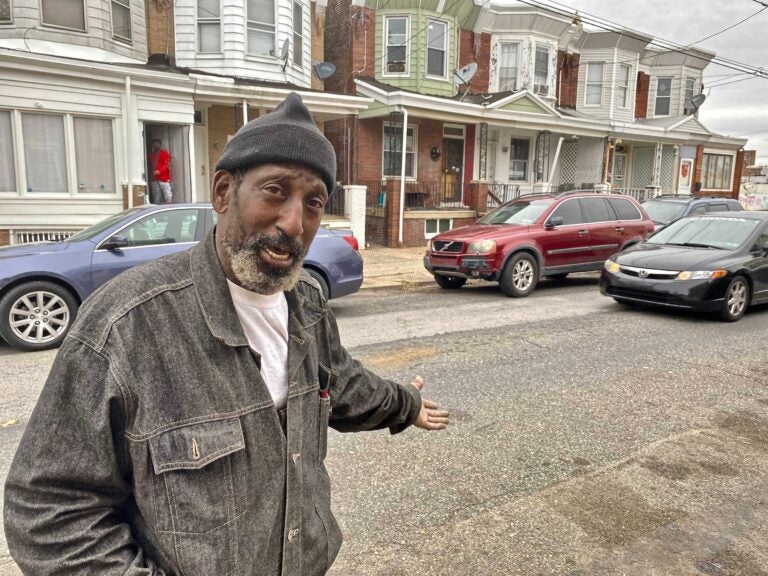
Roger 'Texas' Brown, 62, stands outside his home in the Frankford neighborhood Nov. 12, 2020. (Taylor Allen/WHYY)
Longtime Frankford resident Roger “Texas” Brown, 62, lives one block away from a neighborhood icon he just wants to see torn down.
The Penn Fruit supermarket building at the intersection of Frankford Avenue and Pratt Street, catty-corner to the Frankford Transportation Center, has been empty for years, since its last tenant left four years ago. By now, Brown is sick of living with the massive, curvy structure — a midcentury modern landmark that until Friday was protected from demolition by its place on the city’s register of historic places.
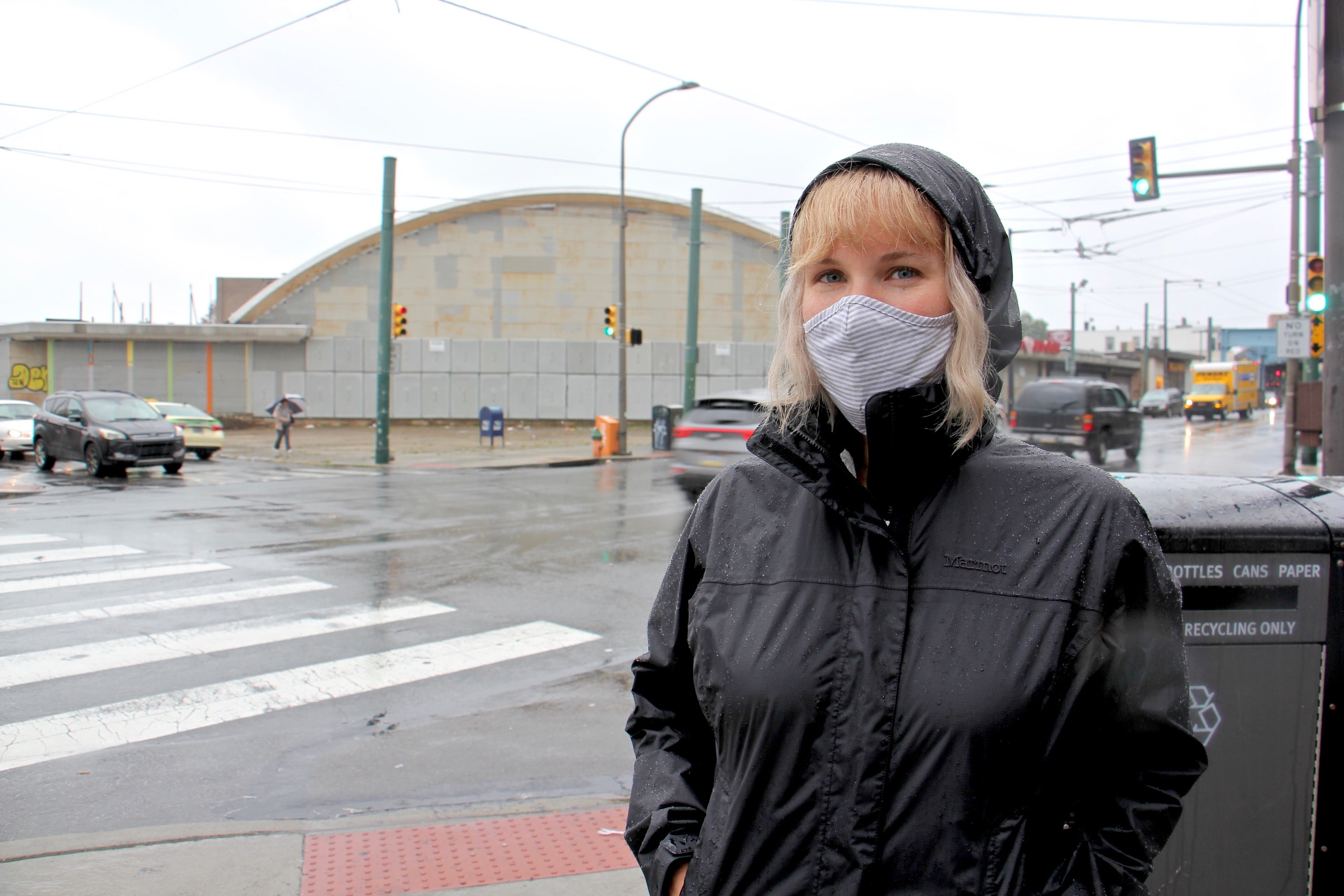
“I want a grocery store,” Brown said. “You have to go way out of the way to get our food. If they can’t do anything with that, tear it down.”
Now, his wish might be coming true. The Philadelphia Historical Commission voted unanimously Friday to approve a request by Rite Aid to demolish the 1955 structure so, in the words of Rite Aid Pennsylvania lawyer Augusta O’Neill, with the firm Klehr Harrison Harvey Branzburg, the “area can move forward.”
The decision comes after years of debate on what to do with the massive building, which has been vacant for four years.
The building opened its doors as a Penn Fruit supermarket with sleek lines, an arched roof and a glass front designed to appear as a glowing beacon to passing car traffic. The modernist design was a hallmark of Penn Fruit supermarkets constructed in the 1950s and 1960s. The company closed in 1978, and Holiday Thriftway replaced it soon after.
Rite Aid of Pennsylvania bought the structure in 2007, when it was still a Holiday Thriftway store. The company intended to demolish the old building and replace it with a new Rite Aid. But the 2008 economic collapse put those plans on hold, and the supermarket stayed put.
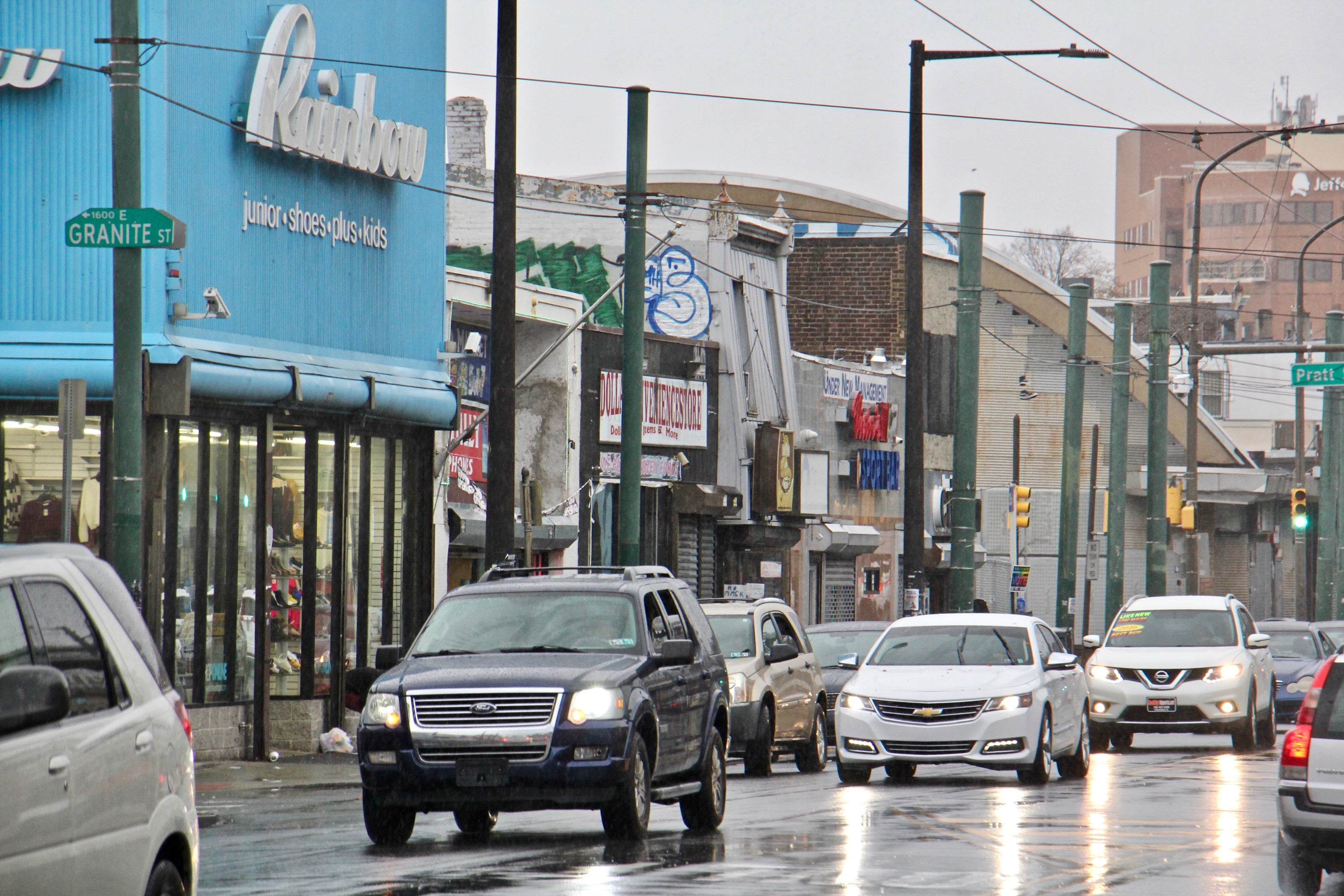
Frankford residents were still buying groceries at the Thriftway when, in 2016, the Historical Commission added the George Neff-designed building to the local register, protecting it from the wrecking ball. But by the end of the year, Thriftway would file for bankruptcy and vacate the space, creating a hole in the fabric of a corridor traveled by more than 40,000 Frankford Transportation Center users daily.
From the beginning, Rite Aid challenged preservationists who wanted to save the building. A construction budget estimate secured by Rite Aid in 2018 shows it would cost almost $3.8 million to rehabilitate the vast, hanger-like structure. According to an appraisal report prepared for the company in 2016, the market value was only $1.5 million.
Rite Aid applied for permission to demolish the building in August. The corporation argued that the building’s essential features have reached a point of “imminent and complete failure, making preservation infeasible.” Without the vote of support from the Historical Commission, a designated building can’t be demolished.
The Frankford Community Development Corporation also supported demolition. Preservation can be “incredibly expensive, and in a community where there’s not great development pressure, that kills a project,” said Ellie Devyatkin, the CDC’s corridor manager.
She said a new supermarket could spur additional transit-oriented development and investment in the immediate areas.

Initially, the Preservation Alliance of Greater Philadelphia opposed the demolition permit request because it felt Rite Aid had neglected the building. But the nonprofit’s stance changed because of the community’s overwhelming support for demolition, staff said.
Paul Steinke, executive director of the alliance, said he wasn’t surprised when the vote came Friday, but he still saw the outcome as a loss.
“It’s a missed opportunity to not use historical preservation as a revitalization tool,” he said. “This is a city where 70% of the buildings were built before World War II. If we’re going to revitalize the city, we’re going to have to find ways to repurpose other buildings.”
Steinke cited Lincoln Square on South Broad Street at Washington Avenue. Alterra Property Group repurposed the 1876 freight railroad depot for a Sprouts Market and other retail targeted to serve the fast-gentrifying section of South Philadelphia.
But Roger Tenant Sr., Frankford CDC board president and a lifelong resident whose family dates back four generations in the neighborhood, said neighbors are not interested in waiting for a developer who wants to take on a massive reuse project.
In Tenant’s eyes, “waiting” is just another word for being pushed out.
“We don’t want [it] to the point that everyone’s gone and gentrification takes place,” he said. Why can’t we flourish now, while we’re still there?”
Tenant argued that waiting for a preservation-minded developer could lead the people who live in the area to leave in search of amenities. By the time that development happens, the community will look different, he said.
“It won’t reflect those of us who live there now,” he said. “It won’t reflect the generations of families that have grown and raised their children there now.”
Brown said he’s indifferent about the historical aspect of the building. He’s in favor of whatever will give the area a grocery store faster. He also believes that if Frankford were wealthier and whiter, there would already be a place to shop.
“Us Black folks need a place to go to, not all the way on the other side of town,” he said, referring to the fact that Black people make up 42% of the population of the 19124 ZIP code.

Subscribe to PlanPhilly
WHYY is your source for fact-based, in-depth journalism and information. As a nonprofit organization, we rely on financial support from readers like you. Please give today.




